Curved structural steel often needs to be cut.
On the other hand, many times the customer asks that the ends of a curved section be uncut, left as they are, even, at times with some unusable material on the ends. One reason that customers specify “uncut” or “untrimmed” is to help them fit up the material themselves by making the final cut(s) in their shops. What is requested is a certain length of “usable” arc to ensure that enough “good” curved material is supplied.
But customers also specify that the ends of curved sections be cut, whether the ends are on ring segments, full rings, or coiled rings. What options for cutting are available?
Rough torch cut: It’s just like it sounds: the edges are somewhat rough and there may be some slag left on the material. This method is commonly used when the final cuts are done by the customer. The rough edge is not conducive to welding unless it is “cleaned up.”
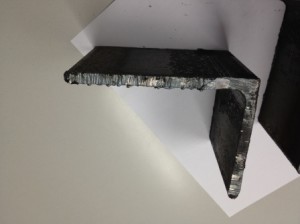
Plasma cut: It’s like the rough torch cut but cleaner. Also used when the final cuts are done by the customer. The edge is more conducive to welding.
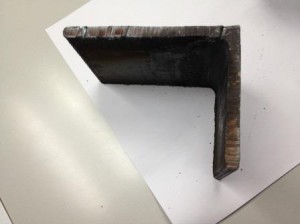
Shear cut: Structural steel sections can be sheared on a mechanical or hydraulic shear set up with tooling to cut angles, bars, channels, or tees among other shapes. With the correct gap on the shear blades, the cut can be clean and burr-free. This method provides a satisfactory cut for many structural and manufacturing applications. Welding to this surface is no problem.
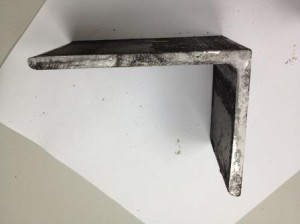
Saw cut: Again, what it sounds like. This method creates a smooth and accurate cut even to close tolerances. Depending on the size of the section, a variety of types of saws might be used including band saws, and circular saws among others. This method is commonly required for component parts of equipment. Again, welding is no problem.
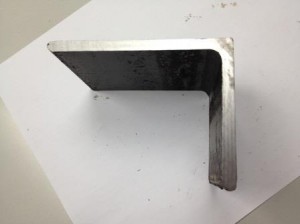
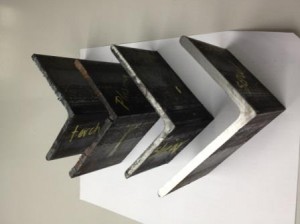
So far I have been talking about cutting steel sections that have already been curved. At times, however, material is precut before it is curved. This precut could be done because the bending process does not require final trimming. Or it could be done to create smaller pieces for handling. At times, a bundle of steel can be cut at one time creating labor savings.
Lastly, sometimes curved steel sections are cut in order to fit the material on a flatbed truck or within a van.
If you require cut curved steel sections, you should have a discussion with your supplier about what method would be best for your application.







